October is defined in Webster’s Dictionary as “31 days of horror.” Don’t bother looking it up; it’s true. Most people take that to mean highlighting one horror movie a day, but here at FSR, we’ve taken that up a spooky notch or nine by celebrating each day with a top ten list. This article about the best historical horror movies is part of our ongoing series 31 Days of Horror Lists.
Some may associate period pieces with classical narratives, costume dramas, and characters frolicking on the moors. But we know if you’re a horror fan what comes to mind are chilling gothic tales, historical haunts, and throwback thrills. Historical horror movies can come in a variety of forms and subgenres. Some films provide us with an exact date, others exist in a nebulous range of millennia past. In deciding on the cream of the crop, we found that some films were set centuries ago while others were as recent as the last few decades. Either way, with boundless historical narratives to choose from, it’s clear that period-piece horror is home to some of the best in the genre.
Join us as we reflect on the best historical horror movies, as decided by Chris Coffel, Valerie Ettenhofer, Kieran Fisher, Brad Gullickson, Rob Hunter, Meg Shields, Jacob Trussell, and myself.
10. Captain Kronos: Vampire Hunter (1974)
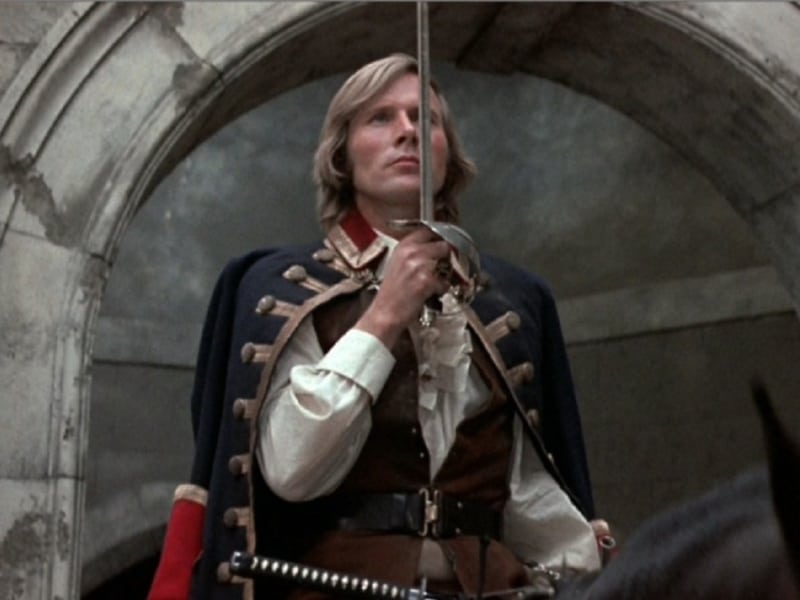
The 1970s marked Hammer’s commercial downturn, but it produced some of the studio’s finest creative output. In an effort to stay relevant in the changing landscape of horror at the time, the studio began experimenting, and the movies became more entertaining as a result. Captain Kronos: Vampire Hunter added more swashbuckling and action to the period horror yarns the studio was synonymous with at the time. In the movie, the titular monster hunter and his hunchbacked assistant go after bloodsuckers in a pastoral 19th century England. The film was conceived with sequels in mind. The fact that they didn’t happen robbed horror fans of a potentially great series of pulpy adventures centered around a fantastic beast slayer. Kronos’ exploits have continued in the pages of comics, but he deserves more adventures on the screen. (Kieran Fisher)
9. Viy (1967)
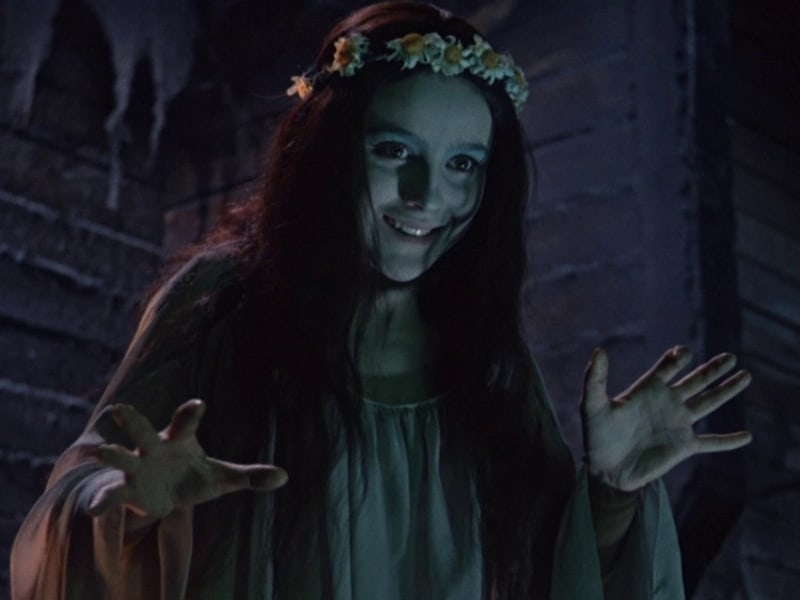
“You’re wrong to try to get out of here. It’s not the sort of place you can escape from whenever you feel like it.” This is the thesis to Viy, a Ukrainian film that is as much about superstition as it is about the violent history of the nation in which it was created. The first Soviet-era horror film released in the USSR, and based on a short story by Russian author Nikola Gogol, Viy follows Khoma (Leonid Kuravlyov), a seminary student in 16th century Ukraine who is called upon by the father of a young woman who, on her deathbed, requested that the student pray for her soul as she lay in repose in her rural village.
What Khoma doesn’t realize before arriving is that he knows the young woman: she was a witch who terrorized him the night before. Keeping tight-lipped so as to reap the fortune offered by the woman’s father, the priest spends three nights locked in with the witch who continues her torment before unleashing literal hell on Khoma. Oddly enough, schlocky creature feature fans have a lot to enjoy in this intellectual exercise in horror as the climax finds the young Cossack besieged by multi-eye abominations, crawling humanoids, and gargantuan column-like hands that are insane looking, especially for a movie from 1967.
By modern monster standards, sure, the demons are about as terrifying as the Bear in the Big Blue House, but how can you not marvel at the giant Henson-esque full-bodied puppet of the titular Viy? Remarkably, that absolute unit of a creature dates back to R. Sheytan’s original 1901 illustrations that accompanied Gogol’s story. What really separates Viy from other adaptations, like Mario Bava’s Black Sunday, is its striking cinematography full of muted hues that evoke an earthy deadness before being immediately contrasted by cosmic blues and hellish pinks that make the film visually astonishing. (Jacob Trussell)
8. The Lighthouse (2019)
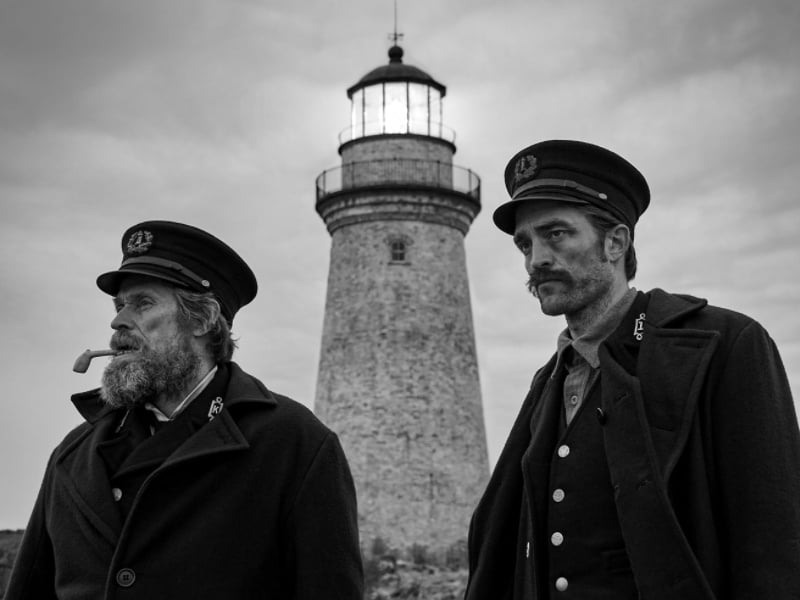
I’m not sure why The Lighthouse is on this list considering it’s a documentary about my quarantine experience, but fine, we’ll allow it. Robert Eggers’ dark shanty about two farty lighthouse-keepers toiling, drinking, and going insane together is a tour de force of nautical chicanery. From using a rare aspect ratio from early sound cinema to bespoke architecture, to the woebegone Petzval lens, The Lighthouse commits to its time period in front of and behind the camera. This film is a testament to the power of detail: from the pitch-perfect rhythms of the 1890s dialogue to the litany of references to maritime mythology and superstition. It is impossible not to get into the mood as soon as that first foghorn sounds. Naturally, we expect nothing less from someone as meticulous as Eggers, who has carved out a cinematic space for himself as a director attuned to bringing the past to life on-screen. (Meg Shields)
7. Sleepy Hollow (1999)
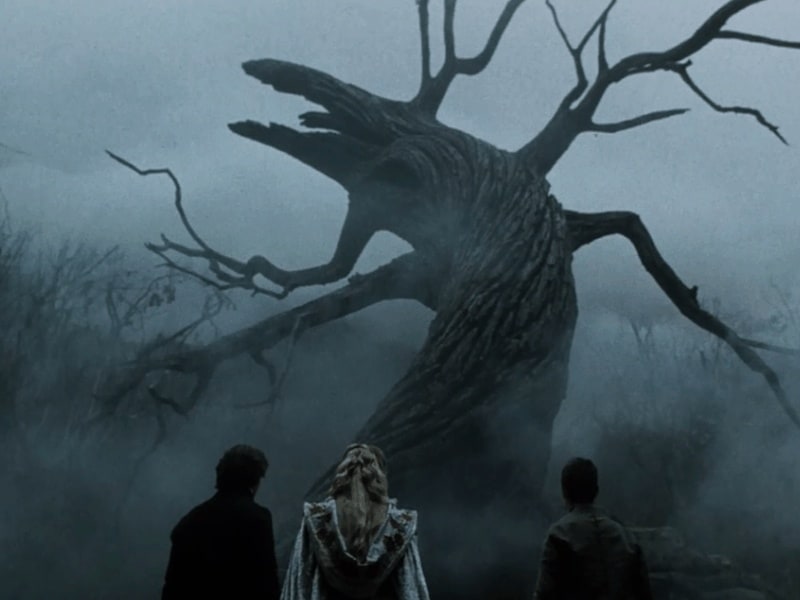
Tim Burton‘s most effortlessly entertaining film is also one of the best historical horror movies, even if it doesn’t get credit on either count. The film tackles the classic Washington Irving tale of Ichabod Crane and the Headless Horseman, and it’s never been told better. Yes, it stars Johnny Depp, but this was back when he still had talent, and he shows that with some fantastic physical comedy and expressive acting. It’s funny, thrilling, surprisingly gory, and the added presence of Christopher Walken, Christina Ricci, Jeffrey Jones, Michael Gambon, Christopher Lee, and more welcome faces makes for a fun time. Is it historically accurate? Hell no, but the details and production design do a beautiful job creating an immersive world and capturing a time long gone. (Rob Hunter)
6. The Others (2001)
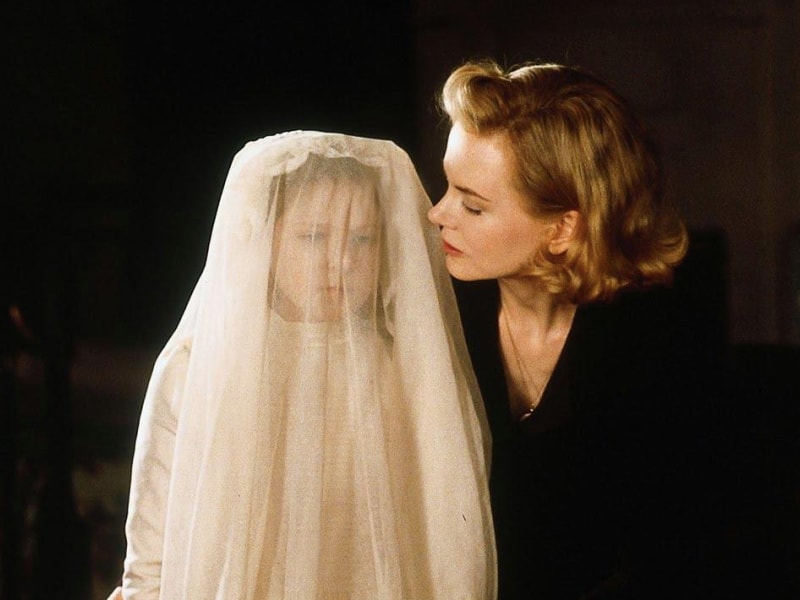
A pastoral English country manor should be an idyllic place of escape from the terrors of the world. That is unless it’s immediately after World War II, your children have an extreme sensitivity to sunlight, and your house is haunted. In that case, this isn’t a reprieve from horror, it’s the cause of it. As Grace (Nicole Kidman in top form) does everything she can to protect her children from threats both natural and supernatural, she must reckon with the history of the estate she’s confined to, her own place in it, and what it will take for her own spirit to break. (Anna Swanson)

0 comments:
Post a Comment